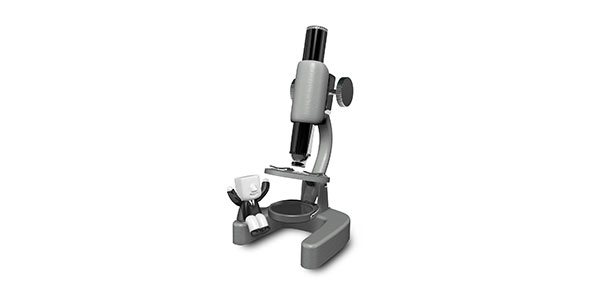Related Flashcards
Related Topics
Cards In This Set
| Front | Back |
|
What is the between-subjects designs?
|
Different groups of subjects are randomly assigned to the levels of independent variables
*Data are averaged for analysis |
|
What is the within-subjects design?
|
A single group of subjects is exposed to all levels of the independent variable
*Data are averaged for analysis |
|
What is single-subject design?
|
Single subject, or small group of subjects are exposed to all levels of independent variables.
*Data are not averaged; behavior of a single subject is evaluated. |
|
What is error variance?
|
Error variance is the variability among scores not caused by independent variables. Common to all experimental designs, but handled differently.
|
|
What are the sources of error variance?
|
*Individual differences among subjects
*Environmental conditions not constant across levels of the independent variables (confounds) Fluctuations in the physical/mental state of an individual subject. |
|
What is the difference between extraneous variables and confounds?
|
Extraneous variables are wider, and are all the variables that may effect the dependent variables but that we are not interested in.
Confounds are more narrower, much serious problem. They are extraneous variables that only have effects on certain levels of independent variables. |
|
What are some ways to reduce error variance?
|
*Hold extraneous variables constant by treating subjects as similarly as possible.
*Match subjects on crucial characteristics. |
|
How can you increase the effectiveness of your IV?
|
Strong manipulations yield less error variance than weak manipulations.
*Randomizing assignment of subjects *Randomize error variance and distributing them equivalently across levels of IV |
|
Other ways of increasing effectiveness of IV?
|
Statistical analysis: random assignment tends to equalize error variance across groups but does not guarantee it.
*You can estimate the probability that observed differences are caused by error variance by using inferential stats. |
|
What are single-factor randomized group design?
|
Subjects are randomly assigned to treatment groups.
*two groups (experimental and control) are needed to constitute experiment. *Two groups design is the simplest experiment to conduct *Independent samples t-test. |
|
What are the advantages of between-subjects designs?
|
*includes a control group or comparison group that helps to control for many extraneous variables.
*Can randomly assign participants to groups which balances extraneous variables across groups. |
|
What are the disadvantages of between-subjects designs?
|
*You can't always randomly assign participants to groups.
*Large individual differences between participants may make it difficult to observe meaningful group differences. |
|
What entails a two group matched group experiment?
|
After picking out subjects
*Measure the subjects for a certain characteristic (intelligence) that you may feel may relate to the dependent variable. *Match the subjects according to the characteristics (pair subjects with similar intelligence scores) to form pairs of similar subjects. *Randomly assign one member of each pair to each group. (reduces numbers of confound variables) |








